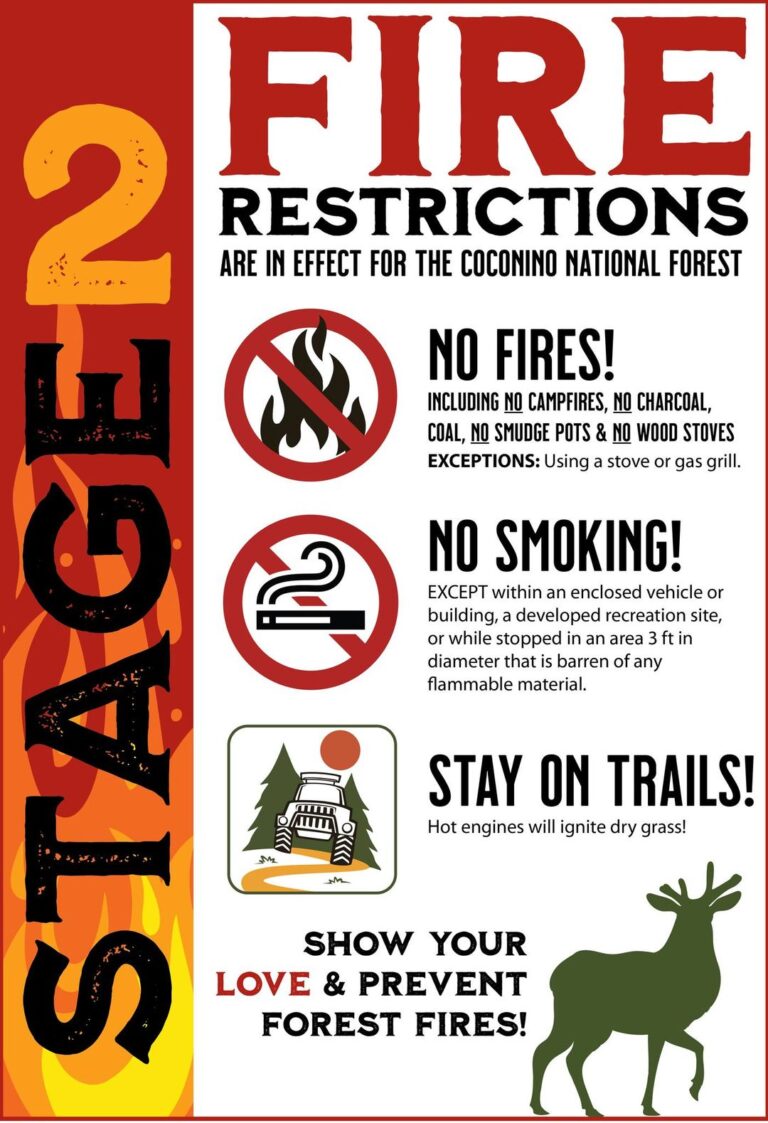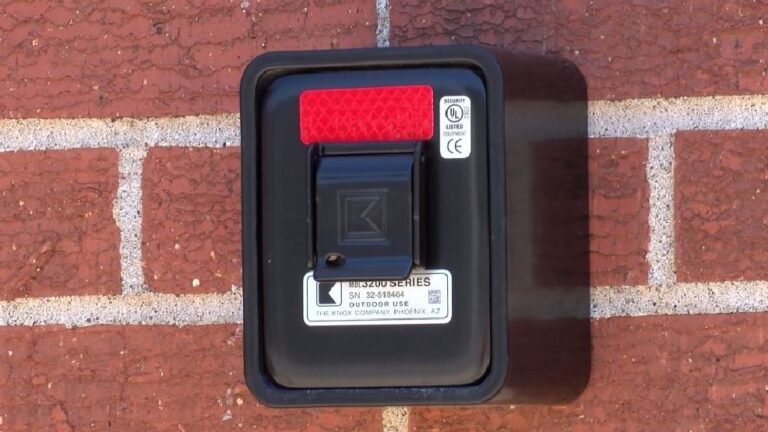How to Create a Family Emergency Plan for Fires – In today’s fast-paced world, it’s more important than ever to be prepared for unexpected emergencies, and fires are no exception. Having a well-thought-out family emergency plan for fires can make all the difference in ensuring the safety and well-being of your loved ones.
In this comprehensive guide, we will walk you through the essential steps to create a family emergency plan for fires, including:
- Identifying potential fire hazards in your home.
- Developing a fire escape plan.
- Assigning responsibilities to each family member.
- Practicing your plan regularly.
We will delve into what should be included in your family emergency plan, such as:
- Emergency contact information.
- A designated meeting place outside the home.
- Evacuation routes.
- Important documents to grab.
We will provide you with additional tips for creating a family emergency plan for fires, such as:
- Installing smoke alarms.
- Keeping fire extinguishers handy.
- Educating children on fire safety.
- Having a backup plan.
By the end of this article, you will be equipped with the knowledge and tools to ensure the safety and preparedness of your family in the event of a fire emergency. So, let’s get started on creating a family emergency plan that could potentially save lives.
Why Do You Need a Family Emergency Plan for Fires?
Having a family emergency plan for fires is crucial for ensuring the safety and preparedness of your household in the event of a fire emergency.
This plan serves as a proactive measure, allowing your family to know how to respond swiftly and effectively in the face of a fire. It involves establishing evacuation routes, designating meeting points, and familiarizing everyone with the operation of fire extinguishers and other safety equipment.
Practicing fire drills regularly helps to ingrain the plan in the minds of all family members, ensuring a calmer and more coordinated response in the event of a real emergency. By prioritizing this preparation, you can significantly reduce the potential risks and damages posed by fires.
What Are the Steps to Create a Family Emergency Plan for Fires?
Creating a family emergency plan for fires involves several essential steps that are crucial for ensuring preparedness and safety in the event of a fire emergency.
Identify Potential Fire Hazards in Your Home
Identifying potential fire hazards in your home is the first crucial step in creating a family emergency plan for fires to ensure the safety and well-being of your household.
This involves conducting a thorough assessment of your living space, including the kitchen, electrical systems, heating sources, and potential storage of flammable materials. Common risks such as faulty wiring, overloaded power strips, unattended candles, and neglected cooking appliances should be diligently evaluated. Implementing proactive measures such as installing smoke detectors, creating escape routes, and keeping fire extinguishers handy can significantly mitigate fire hazards and boost the overall preparedness of your household in the event of a fire emergency.
Develop a Fire Escape Plan
Developing a comprehensive fire escape plan is essential for ensuring the safety and preparedness of your family in the event of a fire emergency.
It starts with identifying all possible exits from your home and creating a clear route to each. Designate a meeting point outside the home where everyone will gather after evacuating. It’s important to ensure that everyone knows the escape routes and understands the meeting point.
Proactive measures such as regularly checking and maintaining fire alarms, keeping fire extinguishers in accessible locations, and practicing fire drills can greatly contribute to a safe and efficient evacuation in the event of a fire emergency.
Assign Responsibilities to Each Family Member
Assigning specific responsibilities to each family member is a crucial aspect of creating a comprehensive family emergency plan for fires to ensure coordinated and effective responses during fire emergencies.
This approach not only ensures that everyone in the family understands their role, but it also fosters a sense of teamwork and readiness. For instance, designating someone to be in charge of evacuating pets or checking fire extinguishers can make a significant difference in ensuring a swift and orderly response. Proactive measures such as regular drills and discussions about fire safety practices can further enhance preparedness and enhance the effectiveness of the family emergency plan.
Practice Your Plan Regularly
Regularly practicing your family emergency plan for fires is essential for ensuring familiarity, readiness, and the effective execution of safety measures and evacuation procedures during fire emergencies.
By engaging in regular plan rehearsals and drills, individuals can cultivate a sense of confidence and familiarity with the necessary actions to be taken in case of a fire. This instills a preparedness mindset, enabling family members to act swiftly and decisively when faced with a fire emergency.
Consistent practice also fosters coordination among family members, enhancing communication and cohesion in executing the emergency plan. It is through these regular exercises that families can mitigate the potential chaos and panic that often accompany unforeseen emergencies.”
What Should Be Included in Your Family Emergency Plan for Fires?
A comprehensive family emergency plan for fires should include essential components that prioritize preparedness, safety, and effective responses to fire emergencies.
Emergency Contact Information
It is crucial to have emergency contact information readily available in case of a fire emergency.
This information plays a vital role in ensuring that emergency response teams can quickly reach loved ones, and it provides essential details such as medical conditions, allergies, and special needs. Accessible emergency contacts enable first responders to provide appropriate care and support during a fire emergency.
Having clear and updated contact information for emergency services and insurance providers can expedite the process of seeking help and recovery after a fire incident. Therefore, ensuring easy access to comprehensive emergency contact information is an essential aspect of fire safety and preparedness.”
Meeting Place Outside the Home
Designating a meeting place outside the home is a crucial component of your family emergency plan for fires, ensuring the safe and organized assembly of family members during fire emergencies.
It serves as a focal point for family members to gather and await further instructions from emergency personnel, minimizing confusion and ensuring all individuals are accounted for. The selection of a meeting place should prioritize ease of access, a minimal risk of exposure to additional hazards, and should be well-known to all family members. It is essential to rehearse this plan regularly to familiarize everyone with the meeting place and to establish a sense of confidence and readiness in case of emergencies.
Evacuation Routes
Incorporating clear and well-defined evacuation routes into your family emergency plan for fires is essential for ensuring safe and efficient escape strategies during fire emergencies.
By having designated evacuation routes in place, individuals can minimize confusion and panic during an emergency. Planning these routes involves identifying multiple escape paths, maintaining them clear of obstructions, and ensuring adequate signage to guide people to safety. This proactive measure can save precious time and potentially save lives.
Regularly reviewing and practicing these evacuation plans with family members can significantly enhance preparedness and response effectiveness in the event of a fire.
Important Documents to Grab
Identification and prioritization of important documents is crucial for safeguarding critical information during fire emergencies.
It is essential to recognize and categorize documents based on their level of importance, ensuring that key records, such as financial documents, legal papers, and personal identification, are easily accessible and protected.
Significance lies in ensuring that these documents are securely stored in fireproof and waterproof containers or safes to mitigate the risk of damage during a fire emergency.
Proactive measures such as digitizing important records and storing them in secure cloud platforms can provide an added layer of safeguarding critical information.”
What Are Some Additional Tips for Creating a Family Emergency Plan for Fires?
In addition to essential components, there are valuable tips and strategies that can enhance the effectiveness and readiness of your family emergency plan for fires, prioritizing safety and preparedness.
Install Smoke Alarms in Your Home
Installing and maintaining smoke alarms in your home is a crucial safety measure that significantly enhances the effectiveness of your family emergency plan for fires, providing early detection and warnings.
These devices play a proactive role in safeguarding your loved ones, as they are designed to quickly detect smoke and trigger a loud alarm, giving everyone in the house ample time to evacuate safely.
Regular maintenance of smoke alarms is equally vital, ensuring that they function optimally at all times. With their ability to provide early warnings, these alarms can buy precious moments for fire suppression, minimizing potential damage and loss in the event of a fire outbreak.
Keep Fire Extinguishers Handy
Maintaining readily accessible fire extinguishers in key areas of your home is a proactive safety measure that complements your family emergency plan for fires, facilitating rapid response and containment.
These essential devices are often the first line of defense in the event of a small fire, allowing for immediate action before the situation escalates. Placing them in easily accessible locations, such as the kitchen, garage, and near potential fire hazards, ensures that they can be utilized swiftly when needed. Being prepared and knowledgeable about their usage can significantly mitigate the impact of a fire emergency, making them vital tools for safeguarding your home and loved ones.
Educate Children on Fire Safety
Educating children on fire safety measures and emergency protocols is an essential aspect of enhancing the effectiveness and readiness of your family emergency plan for fires, ensuring their awareness and preparedness.
It is crucial to tailor fire safety education to suit various age groups, as young children may require simpler instructions while older children can understand more complex procedures.
Conducting regular fire drills at home and school, practicing escape routes, and teaching children to recognize the sound of a smoke alarm are proactive measures that can significantly improve their response during emergencies.
Instilling the importance of never hiding during a fire and immediately seeking help from adults can further reinforce their preparedness and safety awareness.
Have a Backup Plan
Developing a comprehensive backup plan as part of your family emergency plan for fires is a proactive strategy that accounts for unforeseen circumstances and ensures adaptable responses to fire emergencies.
It’s essential to include elements such as designated meeting points, contact information for emergency services, and a clear evacuation route in the backup plan. Contingencies like preparing emergency kits with essential supplies, practicing fire drills, and installing fire alarms and extinguishers further bolster the plan’s effectiveness.
By proactively addressing potential challenges and having predefined actions in place, families can navigate fire emergencies with confidence and efficiency, minimizing potential risks and ensuring the safety of all household members.
Need more information about making plans in case of fire, stop by the fire department and I’m sure they be happy to answer your questions!







